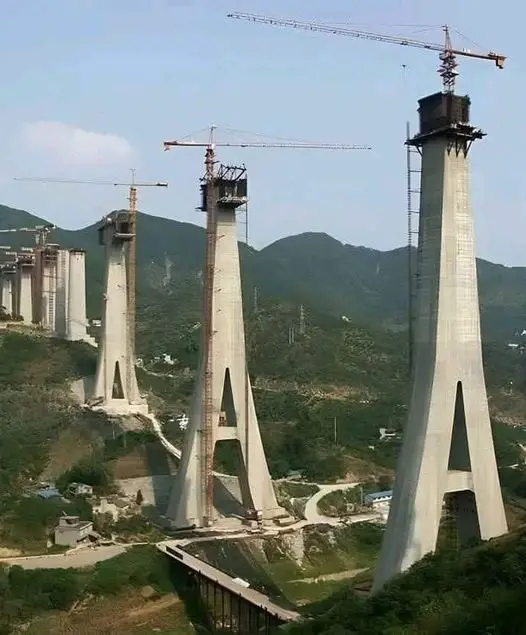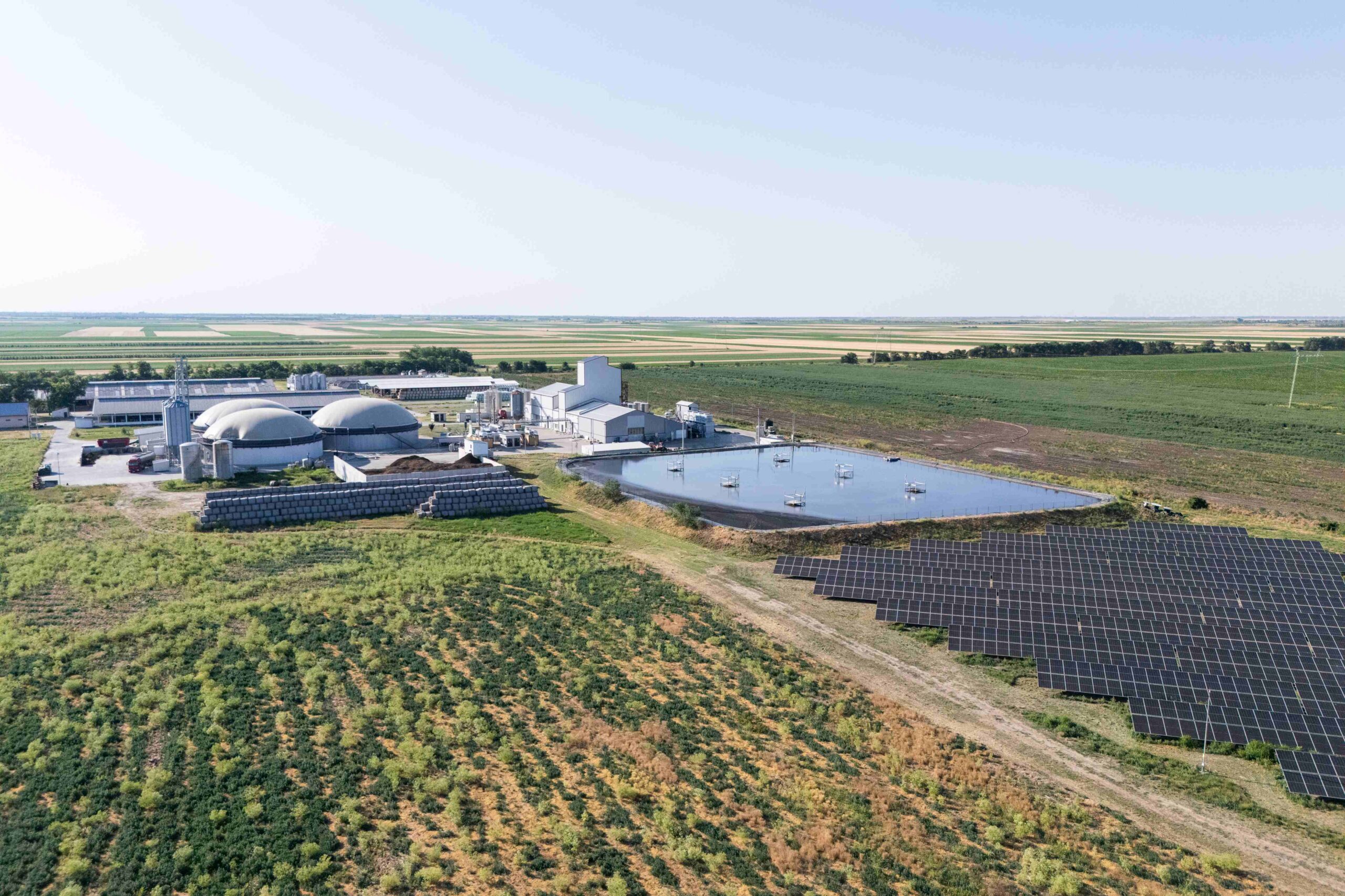Engineering Marvel: How China Builds High-Speed Train Bridges Across Challenging Terrain
China’s high-speed rail network is renowned as the most extensive and advanced in the world. A critical element of its success lies in the bridges that carry these trains across rivers, valleys, and mountains. The construction of these high-speed train bridges is an engineering marvel, showcasing a blend of cutting-edge technology, meticulous planning, and unwavering precision.

Conquering Terrain Challenges with Ingenuity
China’s diverse geography poses a formidable challenge for infrastructure projects. From steep mountainous regions to expansive river valleys, building high-speed rail bridges in such environments requires innovation. Here’s how engineers achieve this:

- High-Altitude Cranes
- These towering cranes are essential for lifting and placing massive bridge components.
- They are designed to operate in rugged conditions, often perched on narrow ledges or slopes.
- Remote-controlled systems ensure precision, reducing the risk of human error.
- Reinforced Concrete Structures
- The bridge pillars and decks are constructed using reinforced concrete to withstand extreme loads.
- This material is not only durable but also capable of absorbing vibrations caused by high-speed trains.
- Pre-Fabricated Bridge Segments
- Bridge segments are pre-fabricated in controlled environments to ensure quality and uniformity.
- These segments are transported to construction sites and assembled on location, speeding up the process and minimizing environmental disruption.

Engineering for Stability and Durability
The safety and longevity of high-speed train bridges are non-negotiable, given the immense forces they endure. Here’s how stability is ensured:
- Seismic-Resistant Design
- Many of China’s bridges are located in seismically active zones.
- Engineers incorporate advanced seismic isolation systems, such as base isolators and dampers, to mitigate earthquake impacts.
- Aerodynamic Testing
- High-speed trains generate significant wind pressure at elevated speeds.
- Bridges undergo aerodynamic testing to ensure they remain stable under such conditions.
- Precision Surveying and Alignment
- GPS technology and laser-based surveying tools are used to achieve millimeter-level precision during construction.
- This ensures smooth transitions for trains traveling at speeds exceeding 200 mph.

Sustainability and Environmental Impact
Despite the scale of these projects, environmental sustainability is a priority. Measures taken include:
- Minimizing Land Disturbance: The use of elevated viaducts reduces the need for ground-level construction, preserving natural ecosystems.
- Efficient Resource Use: Pre-fabrication and advanced construction methods reduce waste and optimize material use.
- Renewable Energy Integration: Many rail lines are powered by renewable energy, reducing the carbon footprint of the overall system.
Achievements in Numbers
- World’s Longest Bridge: The Danyang–Kunshan Grand Bridge, spanning 102 miles, holds the record for the longest bridge globally.
- Fastest Trains: The high-speed trains on these bridges can reach speeds of up to 217 mph (350 km/h), safely and efficiently.
- Rapid Expansion: In just a few decades, China has built over 42,000 kilometers (26,000 miles) of high-speed rail tracks, much of which runs on these engineering marvels.
Why It Matters: A Benchmark in Engineering Excellence
China’s high-speed train bridges are not just about connecting points A and B; they represent a commitment to innovation, efficiency, and sustainability. The world can learn valuable lessons from these projects, particularly in terms of adapting construction techniques to challenging terrains.
These bridges stand as symbols of what is possible when engineering meets determination. By conquering nature’s obstacles with precision and foresight, China has set a new benchmark in infrastructure development, proving that no mountain is too high and no valley too wide for modern engineering.
Final Thoughts
China’s high-speed rail bridges are a testament to human ingenuity and technological advancement. As these structures continue to defy nature’s toughest challenges, they inspire the world with their beauty, functionality, and the promise of a future where connectivity knows no bounds.









Post Comment